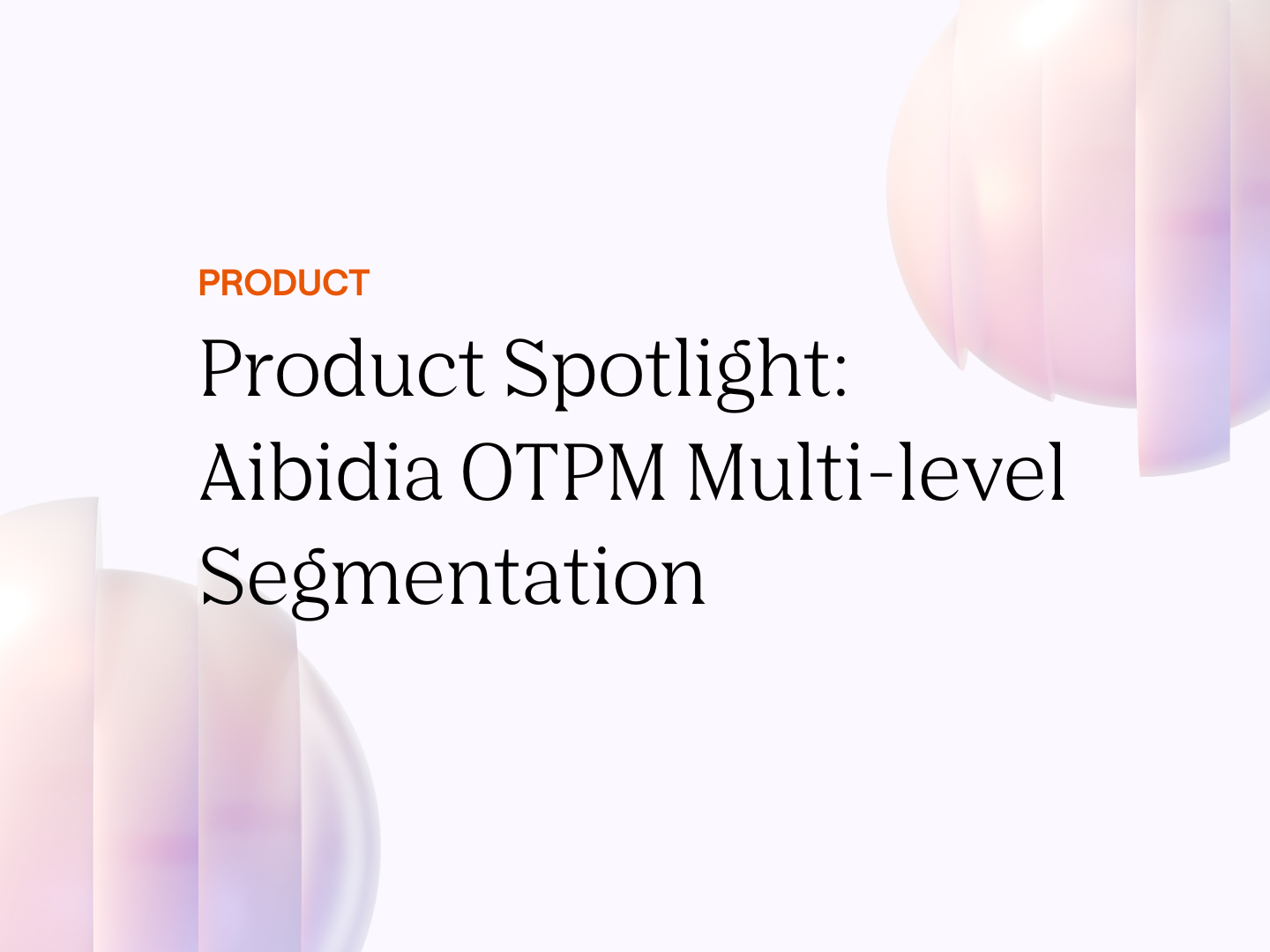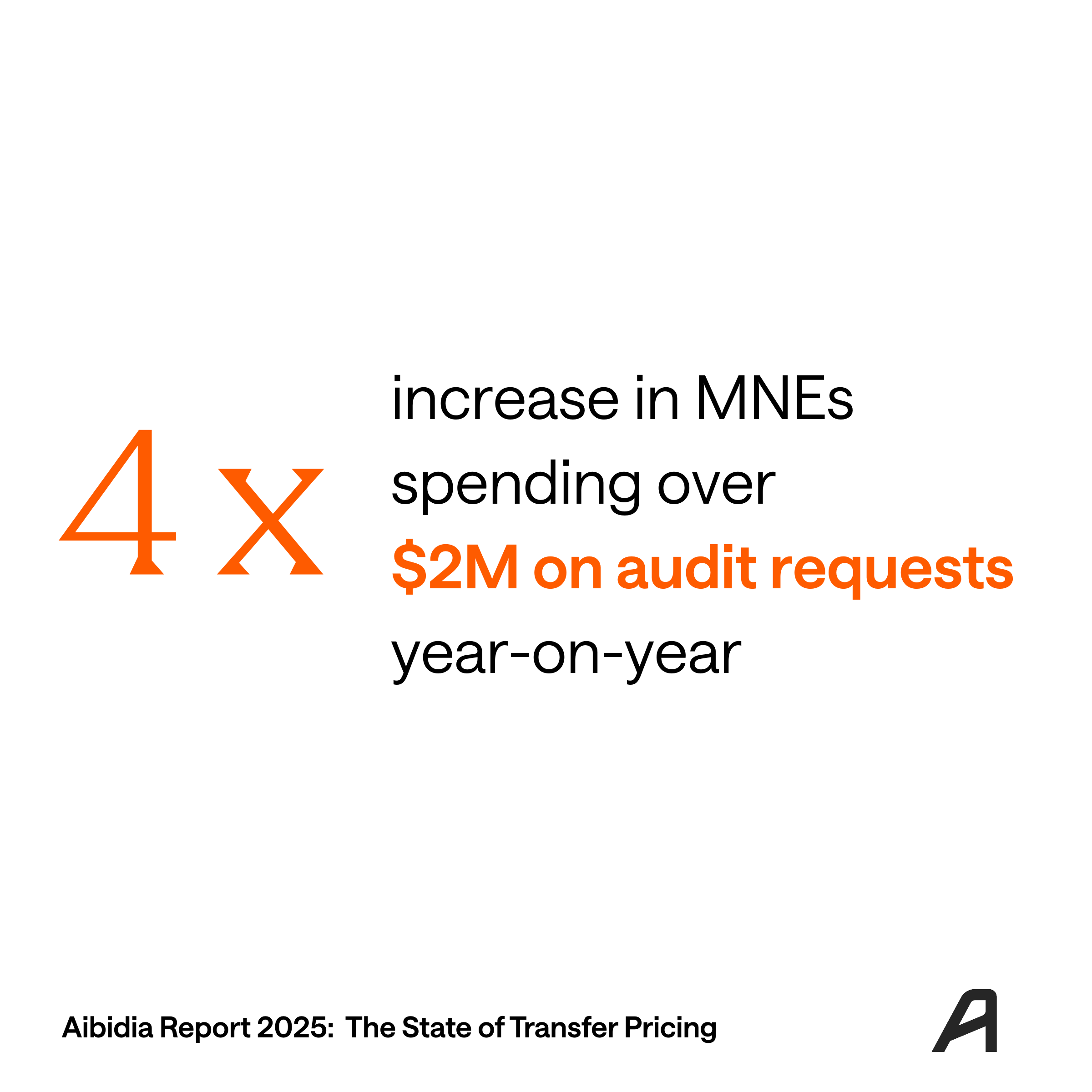One immediate thing that comes to mind whenever we talk about blockchain is cryptocurrencies. Besides being the underlying technology behind cryptocurrencies, blockchain technology has endless potential to be used for various purposes. It would include maintaining land/property registers, supply chain management, financial services sector, healthcare sector to maintain medical records, bookkeeping and accounting, taxation, etc. This blog focuses on the potential use of blockchain technology in transfer pricing.
It is assumed that readers have a basic understanding of blockchain technology and how it works. However, we recommend reading Blockchain for Dummies by IBM (a free book) if you don't.

Use of Blockchain Technology in Transfer Pricing
Blockchain technology can be transformational in the field of transfer pricing. Both multinational enterprises (MNEs) as well as tax administrations, can benefit from the use of this technology. Here are several potential use cases of blockchain in the field of transfer pricing:
1. Intercompany Transaction Data
In 2020, Aibidia surveyed in-house transfer pricing professionals across 100 MNEs and identified their challenges. As per the survey result, 90% of respondents mentioned at least one type of intercompany data-related problem among their main daily challenges. One of the most common data problems in transfer pricing is the data asymmetry between legal entities of the same MNE group. This asymmetry often leads to many hours spent reconciling intercompany data, a lack of understanding of the value chain, and difficulties in implementing transfer pricing policies. These consequently impact transfer pricing compliance.
Blockchain technology could be used to solve MNE's data-related problems, which could help improve three-tier transfer pricing documentation compliance. The distributed ledger of the business blockchain is a plausible solution, as it captures the entire supply chain of the intercompany transaction. Each participant of the blockchain network (i.e. entities of the MNE group) could have access to the same distributed ledger. Any update in the distributed ledger will be reflected by all the members, thus overcoming any issue related to the risk of data loss or the need for data reconciliation. As a result, the distributed ledger records data in a transparent and immutable way. It can solve the issue of data asymmetry by harmonizing the intra-group transactional and financial flows.
2. Smart Contracts
Typically, MNEs put physical intercompany contracts documenting the contours of arrangements relating to intercompany transactions. However, keeping track and maintaining records of physical intercompany contracts can be cumbersome. Here, the smart intercompany contract can displace the physical one. A smart contract is an agreement or set of rules that govern a transaction and is coded into the blockchain network. If the rules are fulfilled, the transaction is executed. For example, a smart intercompany contract may define contractual conditions under which a cash pooling arrangement of the MNE Group may work. Additionally, these smart intercompany contracts will be on a decentralized business blockchain of the MNE and will be available to all the network members (i.e. group entities) at any time. This will reduce the risk of data loss generally faced under a centralized database model.
3. Functional Analysis
Functional analysis is the mainstay of transfer pricing; it delineates the value creation within the supply chain by taking into account assets used and risks assumed by associated enterprises in a transaction. Blockchain technology can capture the entire supply chain of the MNE group and provide trusted transaction-level data, consequently, a better understanding of the value creation process across the supply chain. This enables the documentation of robust functional analysis.
4. Contribution Analysis Under Profit Split Model
Where MNEs follow the profit split model for a particular intercompany arrangement, a contribution analysis is a critical and often tricky exercise for MNEs. It is difficult in practice to objectively determine the contribution each entity made to the controlled transaction. The distributed ledger of the business blockchain is a plausible solution, as it captures the entire supply chain of the intercompany transaction and provides evidence of the contribution made by each entity in the supply chain. Thus, blockchain can make the application of profit split workable efficiently.
5. Transfer Pricing Audits
Blockchain technology could be used to improve the handling of transfer pricing audits. For example, tax authorities can be given access to the blockchain network of a given MNE group; this would enable tax audits will be performed on a real-time basis by ensuring transparent, immutable and updated records of transactions.
Conclusion
Although theoretically, blockchain technology has a use case in the tax and transfer pricing field, the technology is still nascent. It may be helpful from a taxpayer perspective, but its acceptance by the tax administration will be critical. Initially, the blockchain technology may supplement the traditional approach until further advancement in this technology and, more importantly, its acceptability with tax administrations.







.png)

.png)

.png)
.png)






.svg)
